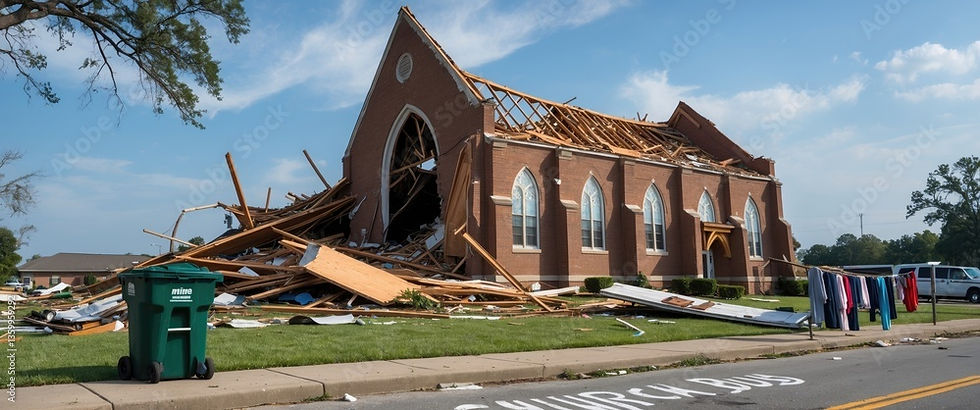Filing a Homeowners or Commercial Property Claim After Hurricane Helena or Milton
- Inge Johnstone

- Oct 14, 2024
- 2 min read

In the aftermath of a powerful storm like Hurricane Helena or Hurricane Milton, it’s essential to act quickly to file insurance claims for damages to your home or commercial property.
Here’s a step-by-step guide to ensure a smooth claims process:
Notify Your Insurance Company
Contact your insurance provider as soon as possible to report the damage. Most insurance companies offer 24/7 hotlines for claims after major events like hurricanes. Be prepared to provide your policy number and a detailed account of the damage.
2. Document the Damage
Before anything else, take photos and videos of all the damage to your property. This includes structural damage, flooding, broken windows, and any other harm caused by the hurricane. For commercial properties, document any loss of inventory or equipment. These visual records will be crucial for your claim.
3. Secure the Property
If it's safe, prevent further damage by making temporary repairs. For example, cover broken windows with plywood and patch up leaks. Most insurance policies require policyholders to take reasonable steps to mitigate further damage, but make sure to save all receipts for any repair costs. However, do not throw away items or begin any demolition or reconstruction until you have communicated with your insurer and received WRITTEN approval.
4. Meet with the Adjuster
An insurance adjuster will inspect your property to assess the damage and estimate the cost of repairs. Walk through your property with the adjuster and provide any documentation you've gathered. It's helpful to have a detailed inventory of damaged items, particularly for commercial properties with significant losses.
5. Keep Detailed Records
Throughout the entire claims process, keep detailed records of all communications with your insurance company, including dates and times of phone calls and the names of representatives. This documentation will be valuable if any disputes arise.
6. Review Your Policy
Check your homeowners or commercial insurance policy to understand what is covered. Hurricanes often cause both wind and flood damage, but these are sometimes covered under different policies. Wind damage is usually covered by standard homeowners or business insurance, but flood damage often requires a separate flood policy. If you don’t have a copy of your policy, ask for it. It is your roadmap for what is covered.
7. File a Proof of Loss
Many insurers require a "proof of loss" form, a sworn statement of the amount you are claiming under the policy. Make sure to submit this document within the timeframe specified by your insurer.
8. Follow Up
After filing the claim, stay in touch with your insurance company to track the progress. If there are any delays or disputes, you may need to consult with an attorney or public adjuster to help negotiate with the insurance company.
Dealing with the aftermath of Hurricane Helena or Milton can be overwhelming, but filing a thorough and timely claim will ensure you recover the maximum amount for your losses. If your claim has been denied or underpaid, don’t hesitate. Call Johnstone Trial Law for a free consultation. We're here to fight for you.



